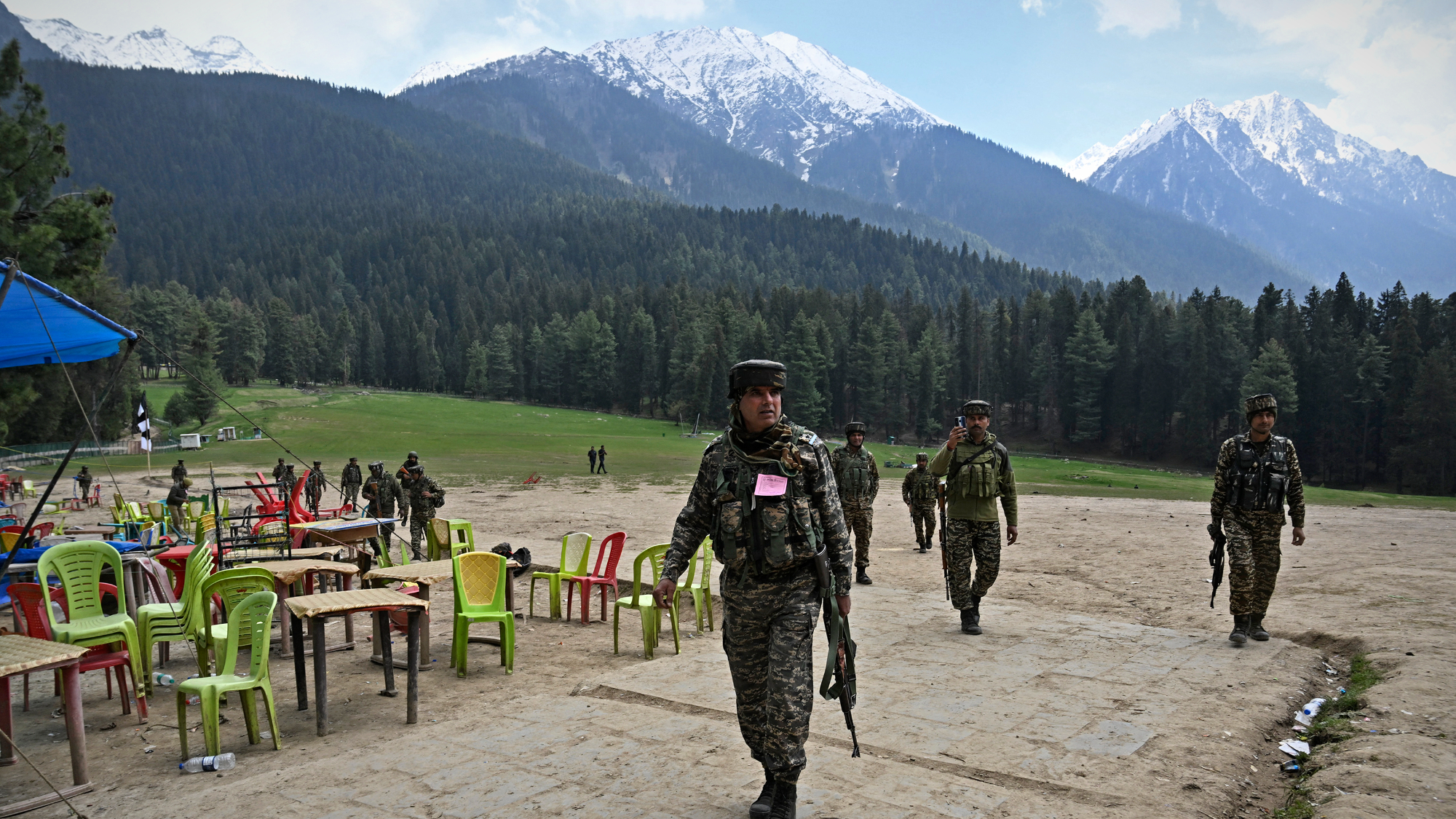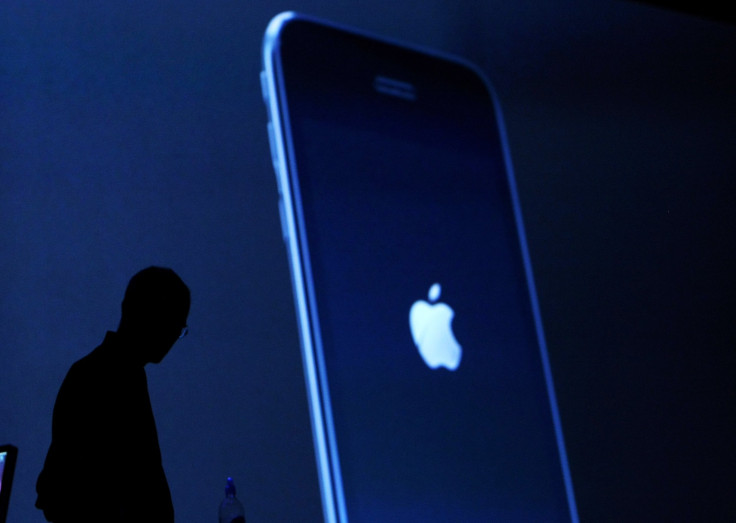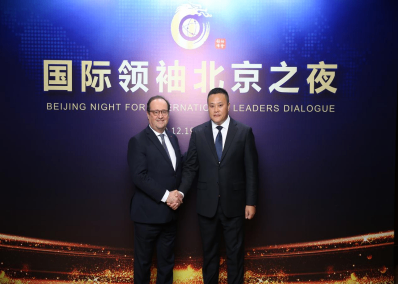It was during a packed afternoon panel at a literature symposium that Chang Yuanjia paused for a moment before responding to a question about the role of paradox in Renaissance drama. The room was quiet, the audience leaning in. When she spoke, her explanation linked moral tension with cultural transformation, presenting an interpretation that was both incisive and unexpectedly contemporary. Observers recall that exchange not as a fleeting remark, but as a window into how she has consistently approached her field—with patience, originality, and the ability to reframe familiar debates in new and compelling ways.
Her trajectory is not just the story of a single scholar. It speaks to larger trends in the humanities, where Renaissance studies continue to evolve by revisiting fundamental categories such as good and evil, ambition and restraint, tragedy and human freedom. In this shifting landscape, Chang’s contributions mark a notable step forward.
Over the past decade, Renaissance scholarship has faced a challenge: how to retain the depth of textual study while addressing contemporary concerns about ethics, power, and cultural identity. Chang’s publications engage precisely with this intersection. Her paper The Villain-hero in Marlow’s Tragedies offered a fresh exploration of Christopher Marlowe’s protagonists, figures long labeled simply as ambitious villains or tragic anti-heroes. She reframed them as complex embodiments of both destruction and transcendence, emphasizing how these characters destabilize conventional moral binaries. By doing so, she moved the conversation away from reductive archetypes and toward an appreciation of Marlowe as a dramatist deeply invested in philosophical contradictions.
The originality of this study was not only in its readings of individual plays but also in its broader implications. It suggested that Renaissance drama provides a stage where society could grapple with competing notions of freedom, responsibility, and identity. For fellow researchers, the book became a reference point for examining how early modern characters articulate tensions that remain urgent in modern discourse. For students, it opened up a pathway to read canonical texts as dynamic debates rather than closed systems.
Her subsequent essay "The Diversified Presentation of Original and Tensive Themes"extended this intellectual arc. Instead of limiting her focus to a single playwright, she considered how early modern drama repeatedly returned to fundamental thematic questions—authority, individual desire, communal obligation—and dramatized them through varied, sometimes conflicting modes of expression. The study underscored that Renaissance drama was not monolithic; it was an arena where multiplicity thrived. This insight carried weight at a time when the humanities emphasize diversity of perspectives. Chang’s work provided concrete historical grounding for such discussions, reminding scholars that questions of multiplicity and tension were embedded in the very fabric of Renaissance literature.
The significance of this contribution lies in its capacity to reframe how drama is taught and studied. Where earlier criticism often sought unity or consistency, Chang’s analysis valued dissonance as productive. By highlighting how plays could embody contradictory impulses without resolution, she equipped both scholars and readers to approach early modern texts with a renewed sense of openness. This orientation has resonated not only in English departments but also in comparative literature and cultural studies programs that wrestle with how to read complexity without reducing it to coherence.
In 2021, her essay "The Double Paradoxes of Good and Evil: On Christopher Marlowe’s Villain-Hero"crystallized many of these themes. It argued that Marlowe’s characters do not simply embody vice or virtue, but inhabit paradoxical positions where moral categories intersect and collide. The essay insisted that such paradoxes are not flaws to be explained away; they are the essence of Marlowe’s dramaturgy. Through detailed analysis, she showed how audiences are drawn into the unstable interplay of attraction and repulsion, sympathy and condemnation.
This essay demonstrated Chang’s distinctive approach: combining close textual analysis with broader theoretical reflection, and doing so in a way that invited readers to rethink what they believed they already knew. It was also widely noted for its theoretical sophistication, connecting literary criticism with moral philosophy in a way that expanded the interpretive toolkit available to Renaissance scholars.
What emerges across these works is not just an individual interpretation of Marlowe or Renaissance drama, but a methodological orientation. Chang consistently privileges tension over resolution, multiplicity over closure, and paradox over simplification. This orientation aligns with, and contributes to, a wider scholarly turn toward complexity in the humanities. Yet what makes her work stand out is the clarity with which she communicates this complexity. Her arguments are intricate, but they are also accessible, ensuring that her influence extends beyond a narrow circle of specialists.
The industry impact of her research can be traced in several directions. Within academia, her studies are reshaping syllabi and scholarly debates, influencing how Renaissance literature is presented in classrooms and conferences. Beyond academia, her insistence on grappling with moral paradoxes speaks to broader cultural conversations about ambiguity, ethics, and the human condition. At a time when polarized debates often demand clear categories of right and wrong, her scholarship reminds us that literature has long modeled the difficulty—and the necessity—of holding contradictions together.
It is worth noting that her academic path has not been confined to publications alone. She has actively participated in international conferences, including platforms where leading voices from the United States, the United Kingdom, Japan, and China converge. Her presence at these events has underscored her role as a bridge between different scholarly communities. Observers have remarked on her ability to articulate her findings with both rigor and openness, inviting dialogue rather than closure. Such qualities enhance her visibility and establish her as an intellectual partner in global discussions.
Industry observers often comment that the humanities thrive when they address questions that matter beyond the academy. Chang’s body of work exemplifies this principle. By examining how Renaissance drama dramatized paradoxes of good and evil, she provides tools to reflect on contemporary ethical dilemmas. By highlighting the diversity of thematic expression, she offers historical depth to current debates about cultural pluralism. And by reinterpreting villain-heroes as figures of both destruction and transcendence, she reminds us that literature can illuminate the contradictions of human aspiration itself.
As the humanities continue to evolve in the twenty-first century, scholars like Chang Yuanjia will play a vital role. Her research illustrates how careful attention to the past can inform urgent questions of the present, and how the study of drama can yield insights into the enduring paradoxes of human life. Her influence, already visible, is likely to grow as more readers, students, and fellow scholars encounter her work.
Her journey, from the quiet confidence displayed in that symposium exchange to the international recognition she has earned, offers a clear lesson: innovation in scholarship is not about discarding tradition, but about asking new questions of familiar texts and daring to embrace the contradictions that surface. In doing so, Chang Yuanjia has given Renaissance studies a voice that is at once fresh, rigorous, and profoundly relevant.
Popular News




Current News
Manufacturing

Collaboratively administrate empowered markets via plug-and-play networks. Dynamically procrastinate B2C users after installed base benefits. Dramatically visualize customer directed convergence without
Collaboratively administrate empowered markets via plug-and-play networks. Dynamically procrastinate B2C users after installed base benefits. Dramatically visualize customer directed convergence without revolutionary ROI.





About Us
Tech Photos
























